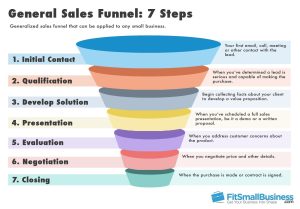Strategies for creating an engaging and interactive website
Welcome to the world of web design, where creating an engaging and interactive website is key to capturing the attention and retaining the interest of your visitors. In this article, we will explore some effective strategies that can take your website to the next level.
1. Understand Your Target Audience
Before diving into the design process, it’s crucial to gain a comprehensive understanding of your target audience. Research their demographics, interests, and behaviors to create a user-centric website that speaks directly to their needs and preferences.
2. Intuitive Navigation
One of the fundamental aspects of a successful website is an intuitive navigation system. Ensure that your website’s menu and navigation elements are easily accessible and provide clear pathways for users to explore your content. Remember, simplicity and clarity are key here.
3. Engaging Visuals
Engaging visuals play a pivotal role in capturing the attention of your visitors. Incorporate high-quality images, videos, and graphics that are relevant to your content and align with your brand. Visuals not only make your website more appealing but also enhance the overall user experience.
4. Interactive Elements
Take your website interactivity to the next level by incorporating various interactive elements. Implement features like sliders, hover effects, quizzes, surveys, and interactive maps to keep your users engaged and encourage participation.
5. Responsive Design
In today’s mobile-dominated world, responsive design is a must. Optimize your website to adapt seamlessly to different screen sizes and devices. This ensures that all users, whether they are on desktops, smartphones, or tablets, have an optimal viewing experience, increasing user engagement and satisfaction.
6. Personalized User Experience
Personalization is a powerful tool for creating an engaging website. Leverage user data to deliver personalized content, recommendations, and targeted messages. This approach makes users feel valued and understood, leading to higher engagement and conversion rates.
7. Social Media Integration
Integrating social media into your website allows users to easily share your content and engage with your brand across different platforms. Incorporate social sharing buttons, embed feeds, and encourage user-generated content to foster a sense of community and boost website engagement.
8. Regularly Update Content
Maintaining a consistently updated website is essential for keeping your audience engaged. Regularly publish fresh and relevant content, such as blog posts, articles, or industry news. Additionally, consider adding dynamic elements like polls, user-generated reviews, and forums to encourage ongoing user interactions.
9. Clear Call-to-Action
To guide your visitors’ actions and increase engagement, strategically place clear and compelling call-to-action (CTA) buttons. Whether it’s signing up for a newsletter, making a purchase, or submitting a contact form, well-designed CTAs prompt users to take desired actions and enhance overall interaction.
10. User Feedback and Analytics
Lastly, listen to your users and leverage analytics to optimize your website’s engagement levels continually. Collect user feedback through surveys, comments, and ratings, and analyze website metrics to identify areas for improvement. Data-driven decision-making ensures your website evolves with the needs and preferences of your audience.
Implementing these strategies will empower you to create an engaging and interactive website that captivates your audience and sets you apart from the competition. Remember to stay updated on industry trends and constantly evolve your approach to meet the dynamic nature of the digital landscape.

